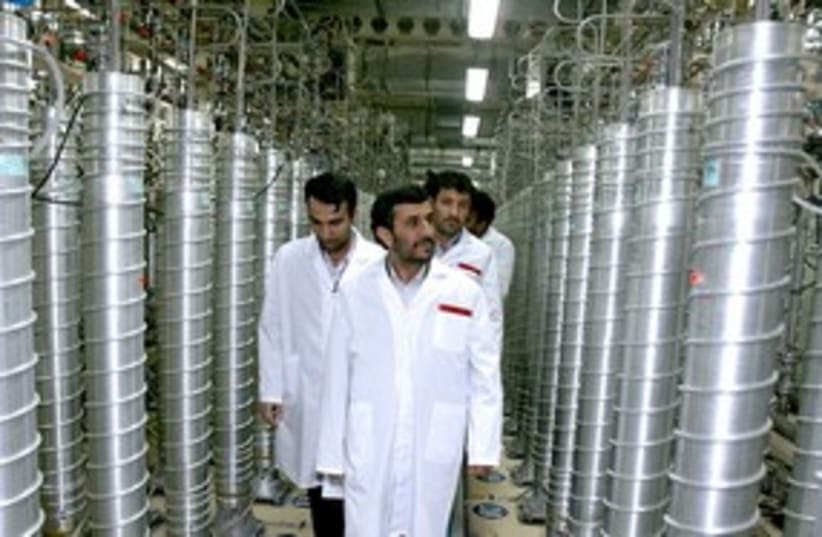MAD deterrence is being foiled by mad leaders
The formula of Mutually Assured Destruction (MAD) kept the world from extinction during the Cold War. Today, it is the mad leaders who disregard MAD that are dominating the nuclear arms race and thrusting the world into the most alarming existential threat in history.
